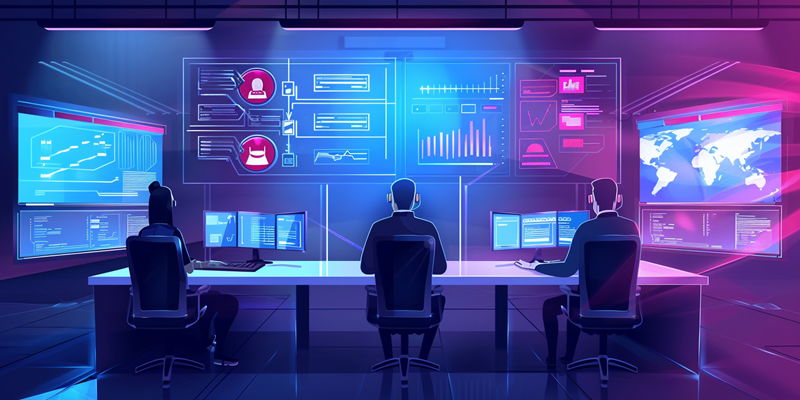The ever-evolving business world of 2023 presents multifarious challenges that sales professionals must navigate. Not only is there a cutthroat competitive market influenced by globalization, but the rise of digital platforms also demands a more nuanced approach to sales strategies. Inflationary pressures and lead generation woes exacerbate these challenges, leaving sales teams to deal with both the direct stress of meeting targets and the indirect pressure emerging from an industry grappling with a staggering 33% turnover rate. In such a scenario, it is easy to see how sales professionals find themselves on the brink of burnout, creating an urgent need for companies to rethink their approach to team management and skill development.
Strategic Learning and Development (L&D) is the beacon many companies are turning to in order to weather this storm. By investing in thorough and targeted L&D strategies, organizations are not just equipping their sales force with the necessary tools to overcome contemporary challenges, but they are also addressing the root causes of burnout and turnover. A focus on continuous learning, especially in a field as dynamic as sales, has become the cornerstone of stabilizing and strengthening sales teams, thereby enhancing overall company performance.
The L&D Solution for Different Career Stages
A strong onboarding process is key for new sales hires, as it can shorten the time to full productivity. This includes targeted knowledge-sharing, like understanding the specifics of products, markets, and effective sales techniques, often utilizing role-play, mentoring, and digital tools for smooth company integration.
As sales professionals grow in their roles, their learning needs change. Beginners gain a lot from learning both technical details and strategic skills along with interpersonal communication. Those in the midst of their career might need specialized support to bridge performance gaps or step into higher-level roles. And for experienced salespeople, continuous learning in leadership and market trends is vital to remain competitive and capable of leading teams effectively.
It’s crucial that Learning & Development (L&D) strategies be bespoke, addressing distinct needs at various career stages for sales teams.
Pinpointing the ROI of L&D Initiatives
The value of a sound L&D strategy extends beyond just enhancing the skill set of a sales team; it is an investment with substantial returns. An impressive 92% of employees engaged in effective training programs report increased job satisfaction and commitment. Meanwhile, around 45% of these professionals are more inclined to stay longer with their employers, thus lowering the attrition rate in sales roles. These are tangible indicators highlighting the importance of L&D in securing employee loyalty and dedication.
Quantifying the ROI from L&D initiatives can be achieved by examining several metrics. Feedback from the sales team regarding the effectiveness of training programs, increased productivity post-training, improved sales performance data, and insights from competitive analysis are all critical measures. In essence, the revenue generated by a well-trained sales team can outweigh the costs of the L&D programs, rendering such strategies not just beneficial but essential. Jeff Griggs’s emphasis on L&D alignment with team needs underscores that the ultimate goal of such programs is to create an empowered workforce, thereby driving revenue growth and optimizing sales outcomes.
The Strategic Imperative for Organizations
Investing in L&D is a declaration of commitment to both workforce welfare and company success. It is a proactive measure that cements an organization’s standing in a complex sales environment. The strategic implementation of L&D programs based on sound analysis and understanding of a sales team’s requirements is paramount. Only through this level of customization and attentiveness can an L&D strategy unfold its full potential, turning the challenges of 2023 into opportunities for growth, innovation, and competitive advantage.
In summary, strategic L&D is more than just an optional add-on to the sales process; it is a critical component that ensures the vitality and resilience of sales teams amid the unpredictability of the market. Companies that recognize and act on this notion are the ones that will lead the charge in 2023, with a workforce that is not only highly skilled but also deeply engaged and overwhelmingly more likely to deliver lasting commercial success.

